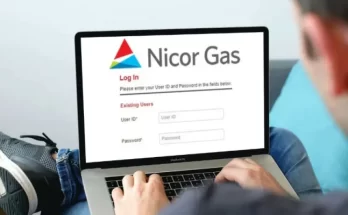Do you know every new customer will be worth it to you when they are acquired? And if not, how will you justify marketing & sales budgets? Knowing the customer lifetime value generally allows you predict how much revenue the new deal may bring in over the time of your customer relationship. In this post, we will learn how to calculate LTV and know more about it in detail.
What’s Customer Lifetime Value?
Customer lifetime value or LTV helps you to predict future revenue as well as to measure the long-term growth of your business. CLV will tell you clearly how much profit that your company will expect from the typical client of a relationship. Coming to the main point, LTV means helping you to estimate how much you need to invest to retain your regular shopper and how to calculate LTV rightly.
Actually, the amount depends upon your margins. A company might spend over $1 for retaining the buyer whereas another spends $50. To know how much you need to invest, it is important to know how you must estimate your customer lifetime value for the business.
How Can You Calculate Lifetime Value Of the Customer
There’re a lot of different ways that you can measure the customer lifetime value, also the choice generally depends on the resources & business. We have picked some noteworthy techniques that will guide you the right way.
- The best and easiest calculation for the lifetime value is just to use BeProfit – Profit Tracker application for the Shopify store. This app automatically collects & analyzes all your store’s data & turns this into simple-to-understand graphs and charts, taking the stress out from finding what the lifetime value is.
- Cohort analysis will take the ARPU approach. The cohort is the group of customers that have got similar characteristics & made the first purchase in the same month of the customer journeys. Making use of the cohort analysis, you will be able to calculate an average revenue for every cohort rather than per user.
- The historical model makes use of past data for predicting the customer value without even considering if the current customer may continue with their company or not. Also, with this historical model, an average order value will be used to decide the value of the customers. You will find the model to be very useful if your customers just interact with the business over some time frame.
- Calculating an average order value is the first step in your quest to reach an accurate lifetime value model. Also, with a clear idea of how much revenue an average order makes for the business, you will start developing rough predictions on what the customer will get expected to spend over.
- An advanced version of the lifetime value equation replaces the customer lifespan (the industry standard or shop’s customer lifespan) with the shop’s customer rate. The customer churn rate will be a metric, which defines a number of the individuals, which cease being the customers within the specified duration of time –generally shown as the percentage value.
How to Improve the Customer Lifetime Value?
As you have come to know what the CLV is, now you may take the right action to improve this and increase your CLV and CAC ratio. Not very sure what exact ratio you must goal for? Most of the resources suggest the 3:1 ratio as the safe minimum for SaaS companies.
Improve the Customer Relationship Management
Providing better customer service & consistent user experience can keep the clients well satisfied as well as lengthen the average customer lifespan. It allows you recognize various opportunities for upselling & cross-selling that will further improve the CLV.
Target Your Valuable Customer
Whenever you calculate the current CLV, you will identify the profitable customer kind and use this information for improving the CLV to go forward. You must refine the marketing to target the high-value customers that are likely to make bigger purchases throughout the lifespan.
The benefit of the Customer Lifetime Value
The customer lifetime value or CLTV is the most useful metric and this tells you further which customers spend most at the business & which ones may stay loyal for the longest duration of time.



